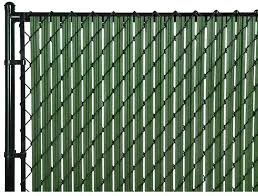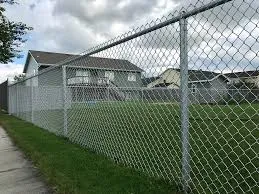

Installation expertise further dictates the success of silt fence systems. Through collaborative efforts with construction professionals, it has been observed that driving stakes too closely can lead to undue stress when the fence deflects, eventually causing failures. Conversely, excessive spacing might result in sagging and ineffective sediment capture. Optimal spacing generally falls between six to ten feet, adjusted based on site-specific conditions like terrain and expected rainfall. For those considering the purchase or implementation of silt fence stakes, it is paramount to source them from credible suppliers who guarantee consistent quality. Trustworthiness is critical; defects in manufacturing or material inconsistencies can lead to catastrophic failures. It's advisable to work with brands that adhere to industry standards and have a proven track record. Many suppliers offer warranties or performance guarantees, adding an extra layer of security and trust. Finally, while the technical aspects of silt fence stakes are crucial, understanding and adhering to local regulations is equally important. Regions may have specific guidelines concerning sediment control, stipulating dimensions and materials to be used. Ensuring compliance not only avoids legal penalties but also contributes to the integrity and environmental stewardship of the project. In conclusion, while they might appear simple, silt fence stakes are fundamentally pivotal to sediment control strategies. A comprehensive understanding of their material composition, dimensional properties, installation techniques, and regulatory compliance can dramatically enhance the efficiency and longevity of silt fence systems. By prioritizing these factors, construction managers and environmental consultants can safeguard their projects against sediment-related complications while upholding sustainability and regulatory standards.
















